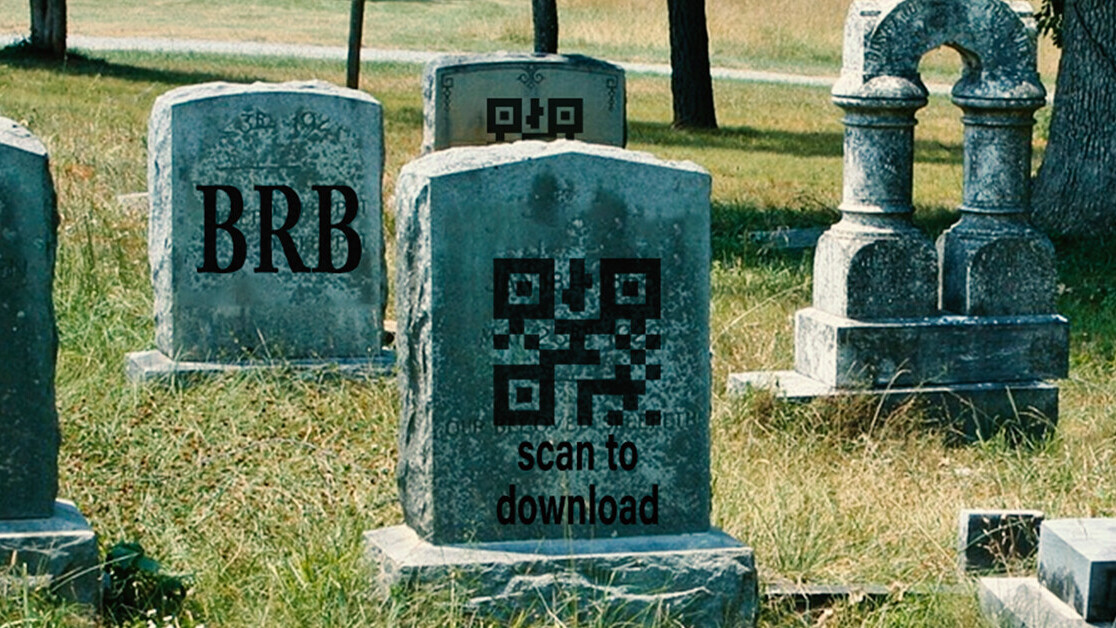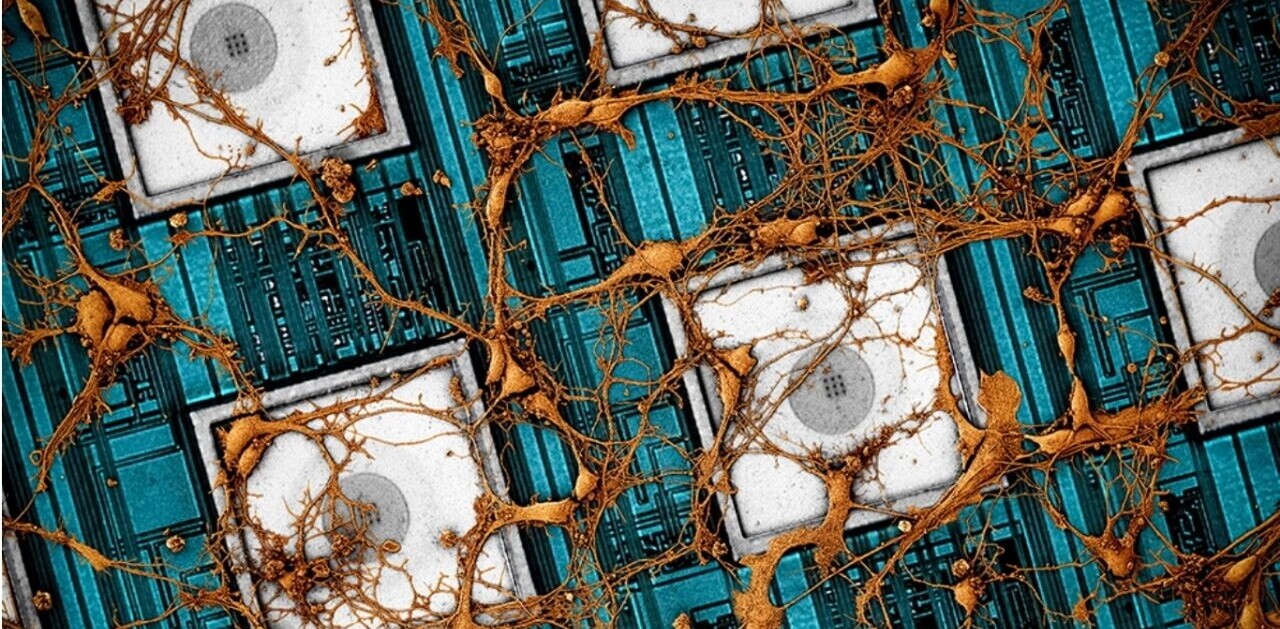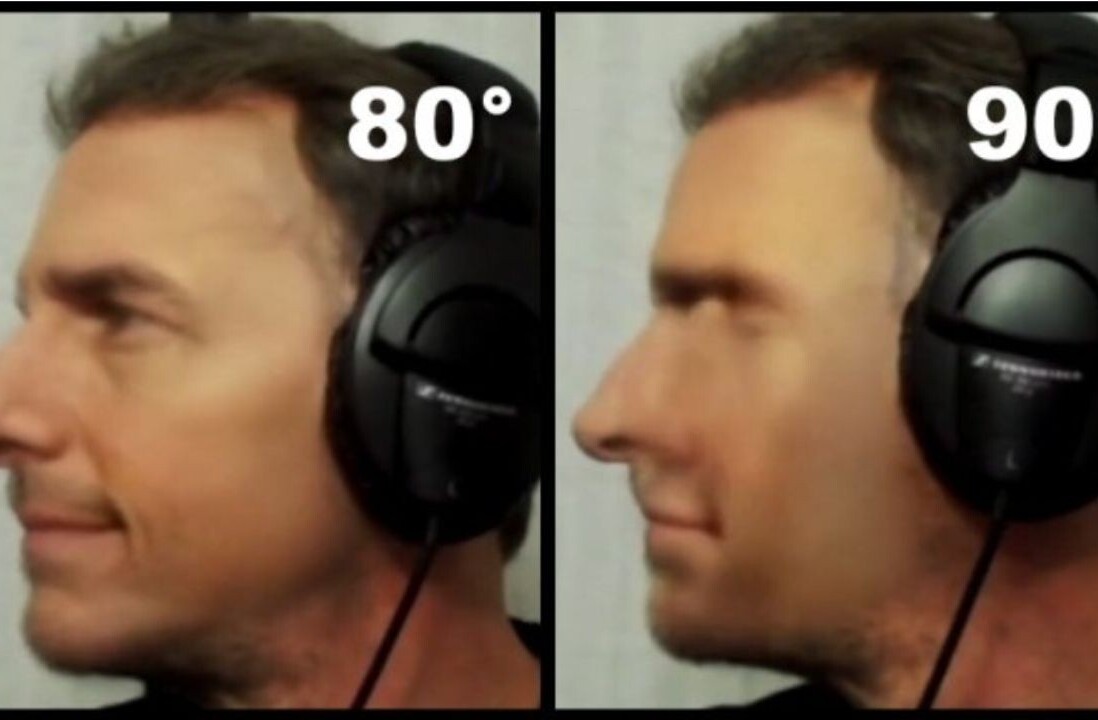
One day we’re all going to die. Science and technology can put it off for awhile, but the march of time stops for no human. Sadly, most of us will be forgotten. It’s a bleak prognosis but that’s how things have always been. And that’s unlikely to change, despite the best efforts of the AI community.
There’s a new tech trend (that’s actually a dumb old trope) sweeping through big tech, little tech, and South Korean TV stations: digital resurrection.
The premise is simple. A person living in the modern world leaves tiny traces of who they are in everything they do. Our ‘digital footprint,’ if you will, has become so massive that we produce enough data for a clever AI to mimic us.
Microsoft, for example, was recently granted a patent called “Creating a conversational chatbot of a specific person.”
We’ve seen similar AI systems such as this one that, given a few articles from a specific author, can imitate their style. If you crank that up to 11 and imagine an AI that’s been trained on thousands of personal texts, emails, and transcribed voice messages, it becomes easy to see how such a paradigm could be used to create a bot that imitates a person… living or dead.
[Read: How this company leveraged AI to become the Netflix of Finland]
Popular British TV series Black Mirror aired an episode in 2013 called “Be Right Back.” The show took the idea of a chatbot trained on the deceased’s data and added in what was basically a futuristic 3-D printed android that became a real-world living embodiment of that person. The big idea is that such a robot could help people find closure, especially if they lost a loved one unexpectedly.
But, as is often the case, the reality is quite different. In the real world we’ve almost exclusively seen digital resurrection used as a marketing tool or a gimmick. And that’s because AI, no matter how much data it has, cannot actually “recreate” a person in any meaningful way.
Recall the holograms of Tupac Shakur and Whitney Houston or the extra cringey insertion of Kurt Cobain into Guitar Hero 5 as a playable character who could be forced to perform any song in the game.
More recently, Korean TV station SBS has unveiled plans to create a game show that features humans singing duets with an AI recreation of pop superstar Kim Kwang-seok, a performer who died in 1996. And a Spanish beer company called Cruzcampo recently used a deepfake-generated version of the late, legendary singer Lola Flores, who passed in 1995, as part of an ad campaign.
There’s a reason why you tend to see singers recreated as opposed to someone more known for their speeches and ideology, such as Winston Churchill or Dr Martin Luther King Jr: because AI can’t really predict what a person would say or do in any given situation no matter how much data it has.
The problem with digital resurrection is simple: AI can’t do anything a rational, average person couldn’t do given enough time. People can imitate other humans by dressing up as them, copying their mannerisms, and aping their voices. But we can’t read each other’s minds. We can only guess what someone else is thinking. And AI is no different. No amount of data in the world can predict what a person will do next (or would have done were they still alive).
At best, we can preserve and animate a specific developer’s vision of what a sentiment analysis of your dead loved one or a celebrity might look like.
If your spouse who passed was fond of saying “I love you snuggle bunny,” at the end of every email, it stands to reason an AI could learn to imitate their sign off. But, if your spouse hid some gold somewhere and never wrote or spoke about it to anyone, no AI can tell you where the money is. Human psychics can’t predict the winning lottery numbers for the same reason.
And that’s where Black Mirror and the real-world companies trying to sell the idea of a “digital you” get things wrong. It’s easy to polish up a two-three minute clip of a famous performer doing what they’re famous for. It’s another thing all-together to make even a slightly convincing human replicant.
Humans, by instinct, seek out imperfections in other humans because it’s historically been intrinsic to our survival. We’re easily fooled when we’re being entertained and have temporarily suspended our sense of disbelief. But, as Hollywood and the computer-generated-imagery world has learned over the past few decades, when it comes to imitating life it’s easy to convince lots of people from a distance but almost impossible to convince an individual up close.
Whether you believe humans have a soul that drives and motivates them or you understand that scientists know very little about how the human brain actually manifests consciousness, there’s currently no conceivable way for a machine to be literally imbued with whatever it is that makes each of us unique.
Just like a vinyl record can’t convey the gravitas of seeing a live performance, no matter how well it’s recorded, a digital record cannot take the place of a living person. If you never got to see Michael Jackson live, you can only get a taste of what it was like by watching footage or hearing a recording.
No matter how powerful AI becomes, it won’t be able to tell us what the late singer would have thought up next. I submit that no human or AI could have predicted “Thriller” would be the follow-up to “Beat It.”
And the same goes for your loved ones when they pass. An AI that imitates them is no more accurate or powerful than just asking someone to do an impersonation: it’s not the real thing no matter how skilled the impersonator is.
Like most feats involving predictive artificial intelligence, digital resurrection is little more than prestidigitation.
Get the TNW newsletter
Get the most important tech news in your inbox each week.





